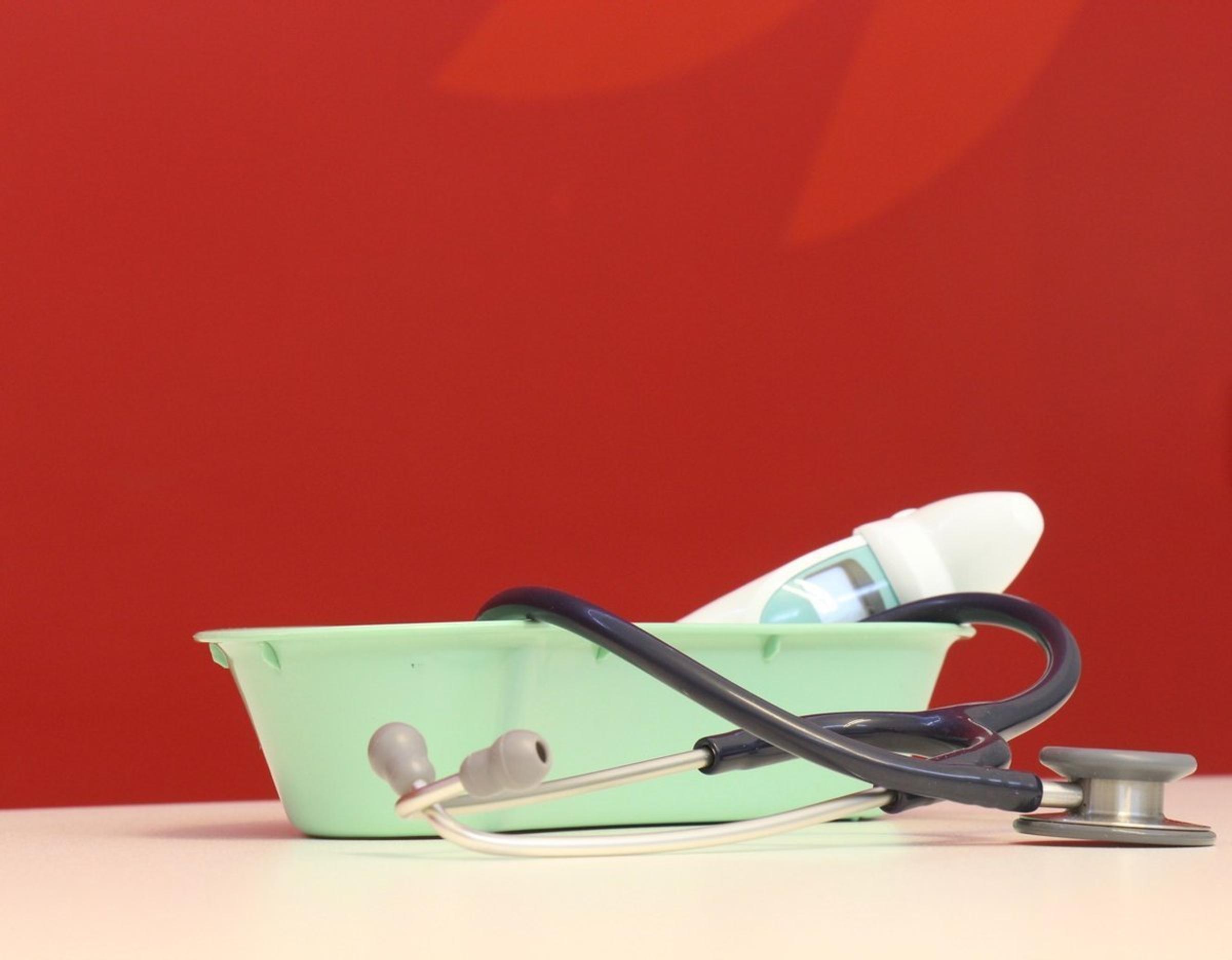School Nurse

Hand-foot-and-mouth disease
Hand-foot-and-mouth disease is a mild, contagious viral infection common in young children, characterized by sores in the mouth and a rash on the hands and feet. Hand-foot-and-mouth disease is most commonly caused by a coxsackievirus.
There is no specific treatment for hand-foot-and-mouth disease. You can reduce your child's risk of infection from hand-foot-and-mouth disease by practicing good hygiene and teaching your child how to keep clean.
Hand-foot-and-mouth disease may cause all of the following signs and symptoms or just some of them. They include:
- Fever
- Sore throat
- Feeling of being unwell (malaise)
- Painful, red, blister-like lesions on the tongue, gums and inside of the cheeks
- A red rash, without itching but sometimes with blistering, on the palms, soles and sometimes the buttocks
- Irritability in infants and toddlers
- Loss of appetiteThe usual period from initial infection to the onset of signs and symptoms (incubation period) is three to six days. A fever is often the first sign of hand-foot-and-mouth disease, followed by a sore throat and sometimes a poor appetite and malaise.
One or two days after the fever begins, painful sores may develop in the mouth or throat. A rash on the hands and feet and possibly on the buttocks can follow within one or two days.
When to see a doctor
Hand-foot-and-mouth disease is usually a minor illness causing only a few days of fever and relatively mild signs and symptoms. Contact your doctor if mouth sores or a sore throat keep your child from drinking fluids. And contact your doctor if after a few days, your child's signs and symptoms worsen.
Prevention
Certain precautions can help to reduce the risk of infection with hand-foot-and-mouth disease:
- Wash hands carefully. Be sure to wash your hands frequently and thoroughly, especially after using the toilet or changing a diaper and before preparing food and eating. When soap and water aren't available, use hand wipes or gels treated with germ-killing alcohol.
- Disinfect common areas. Get in the habit of cleaning high-traffic areas and surfaces first with soap and water, then with a diluted solution of chlorine bleach and water. Child care centers should follow a strict schedule of cleaning and disinfecting all common areas, including shared items such as toys, as the virus can live on these objects for days. Clean your baby's pacifiers often.
- Teach good hygiene. Show your children how to practice good hygiene and how to keep themselves clean. Explain to them why it's best not to put their fingers, hands or any other objects in their mouths.
- Isolate contagious people. Because hand-foot-and-mouth disease is highly contagious, people with the illness should limit their exposure to others while they have active signs and symptoms. Keep children with hand-foot-and-mouth disease out of child care or school until fever is gone and mouth sores have healed. If you have the illness, stay home from work.
Please inform the school if your child has been diagnosed with hand, foot and mouth disease and keep your child at home until all blisters have dried.
Thank you for your support in this matter.
Keep Well & Stay Safe
Kind Regards
Rosemary Van Aperen
School Nurse
